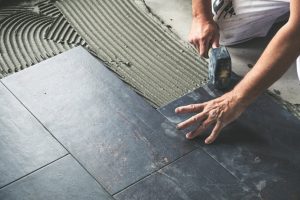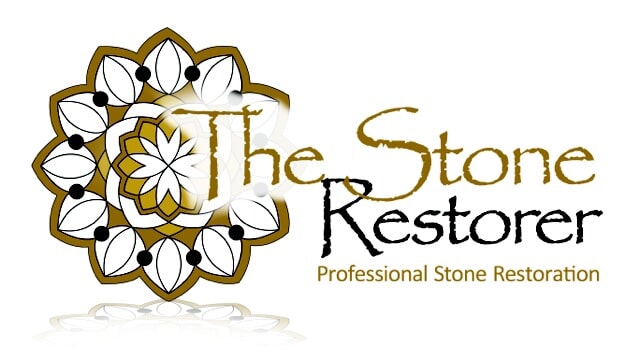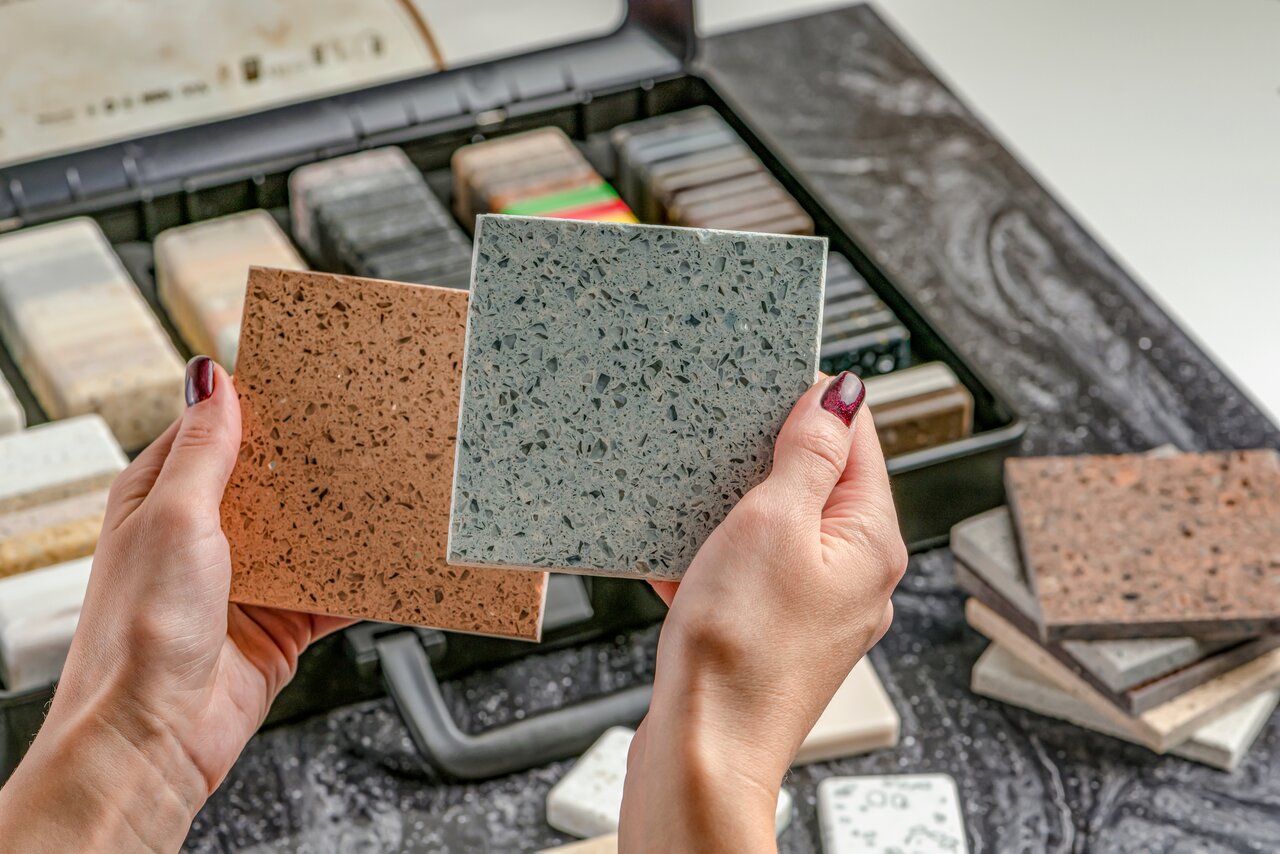Are you looking for the best kitchen stones and tiles? Many options are available, including porcelain, ceramic, mosaic, and natural stone. It can be challenging to determine which is best for you as the tiles and stones are used for various purposes to offer different advantages. This guide will help you select an ideal option for your home remodelling project.
3 Different Types Of Kitchen Stones
There are various kitchen stone options. Below are the top three choices to assist you in making your decision.
1). Sandstone
Sandstone is a unique kitchen stone that contains many distinct minerals, including silica, quartz, feldspar, and others. It has different colours such as dark grey, red, yellow, white, grey, brown, or a combination of these colours.
2). Concrete
Concrete makes up most stone surfaces in both commercial and residential structures. The main ingredients of concrete include crushed stone, cement, sand, and glue. The material is durable, dependable, and robust, which makes it an excellent kitchen stone.
3). Marble
Marble is created by heating limestone while pressing it incredibly hard. Marble stones are solid and thick and excellent for interior design as the material is simple to cut. Additionally, it is aesthetically pleasing due to its various colours but does need regular cleaning.
3 Different Types Of Kitchen Tiles
Inexpensive, easy-to-install tiles are available in various finishes, patterns, and colours. Here are three kitchen tile options.
1). Ceramic
Ceramic tiles go through a lower temperature firing process than porcelain tiles, making them highly dense and sturdy. They are frequently used on the floor though they are excellent when mounted on a wall.
2). Glass
Glass tiles are available in many designs for kitchen wall tiles and are frequently used in mosaics. Any kitchen will benefit from their vibrant addition, and you can create a lovely focal point by using glass mosaics in a variety of colours.
3). Matte
Matte tiles have a smooth surface. Even though they won’t be as apparent as a glossy version, they can be a terrific way to give a subtle contrast to other surfaces, such as in an all-white kitchen. They are not easy to clean, which might require extra cleaning effort.

4 Questions To Ask Before Buying Stones And Tiles For Kitchen
How do you choose the right kitchen tile and stone? Like other design concerns, the selection involves usability and functionality. Below are four questions to answer to find out your best option.
1). Where Will You Install It?
Choosing where to install kitchen tiles and stones determines their sizes and types. Will this tile be a floor, wall, or countertop? Tiles are ideal for kitchen flooring and walls, while stones are ideal for countertops.
2). What’s Your Budget?
Prices for kitchen tiles and stones vary. The price depends on the size of the tiles, and whether you’re looking at ceramic, porcelain or natural stone.
3). What’s The Tile’s Usage?
Tiles are categorised by their PEI ratings. Choose kitchen tiles or stones that withstand high foot traffic, wear, and tear. Many porcelain tiles are graded 4-5, ideal for a family kitchen.
4). What’s The Best Finish?
Stone and tile finishes are both functional and aesthetic. Matte tiles hide fingerprints and water stains better than shiny ones. Glossy tiles reflect more light than absorbent ones, making the space appear brighter. Choose matte or honed floor tiles over polished ones to reduce slipping.
How To Choose Stones And Tiles For Your Kitchen
Consider where and how you’ll use the tile before buying it. You must balance both functionality and aesthetics. Here are some tips for choosing ceramic wall and floor tiles.
- Determine the tile’s location: You can place tiles on the wall behind the upper cabinets or the stove as a backsplash. Tile is a typical material for kitchen counters and floors.
- Understand the tile variations: Tile variations include stone, vinyl, porcelain, glass, and ceramic. Popular walking surfaces include vinyl and ceramic tile. Stone, ceramic, and porcelain are used for floors and countertops. Glass tile is ideal for splashbacks and walls.
- Create a budget: Porcelain tiles are more expensive than ceramic ones. Tile and home improvement stores provide the most outstanding supplies and may assist you in calculating how much you need.
- Consider your lifestyle: Ceramic and porcelain tiles are ideal for counters because they are durable and can tolerate hot cookware. It is essential to determine if the tile’s finish will work for your family, considering its surface can be uneven, fracture, or chip.
Final Thoughts
Consider your kitchen tile and stone as an essential investment. Tiles and stones are durable and aesthetically pleasing, but they can sometimes cost you an extra buck. All in all, they offer long-term benefits to your home improvement. Choosing a suitable material can boost your home’s value and update your kitchen.
Hire The Best Stone Restoration Company: The Stone Restorer
The Stone Restorer is your go-to company for installing, restoring, repairing, and cleaning stone surfaces like concrete, sandstone, basalt, terrazzo, limestone, granite, and marble. We deal with clients in Brisbane, Gold Coast, and the surrounding areas.
We are one of the most reputable stone repair and restoration firms, and we can handle all of your demands for stone, from installation to grinding and polishing and everything in between. Call us now to receive a free estimate on any stone project for your kitchen design.
Give us a call today at 0414 469 301 or ask us for a fast free quote on your tile cleaning or restoration project.






